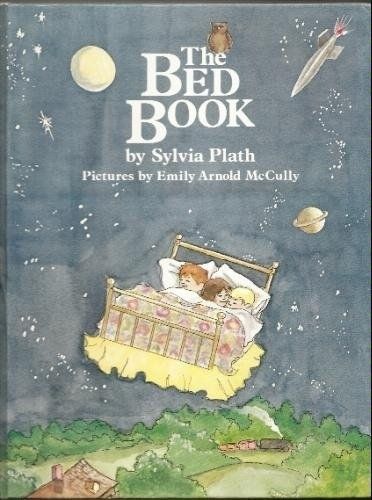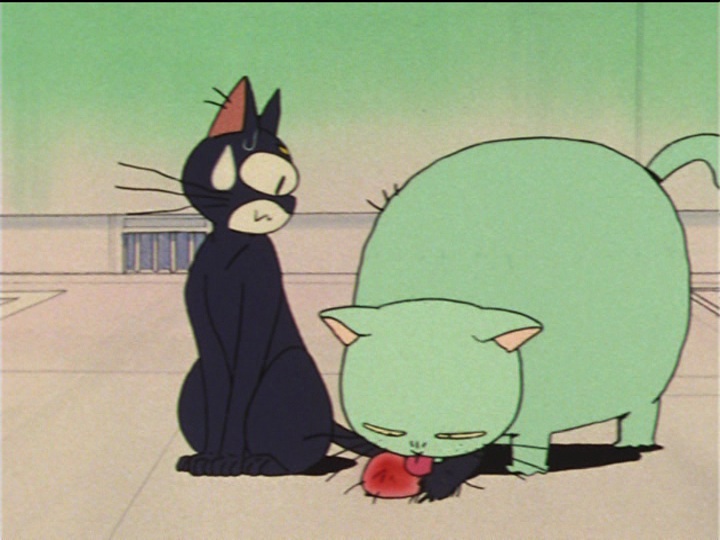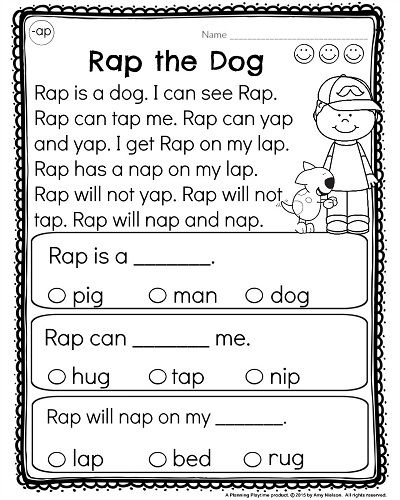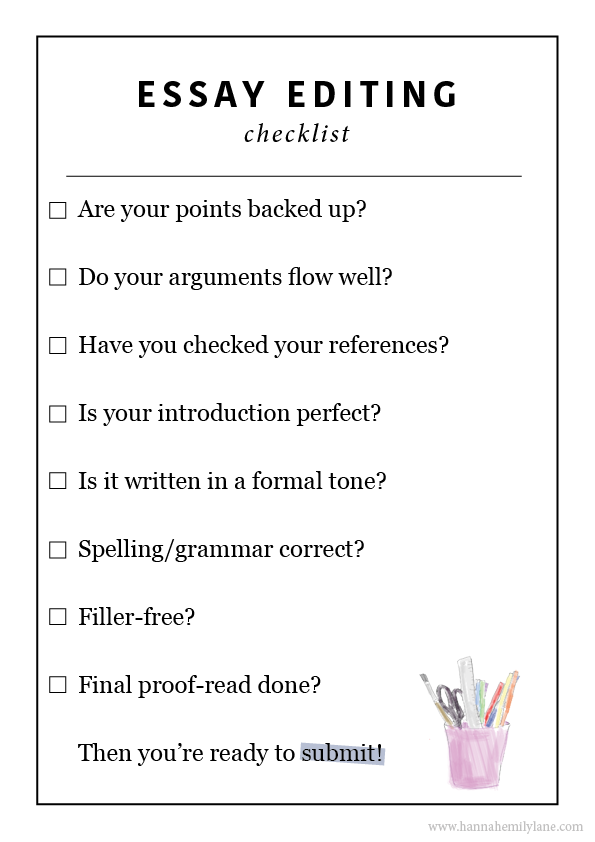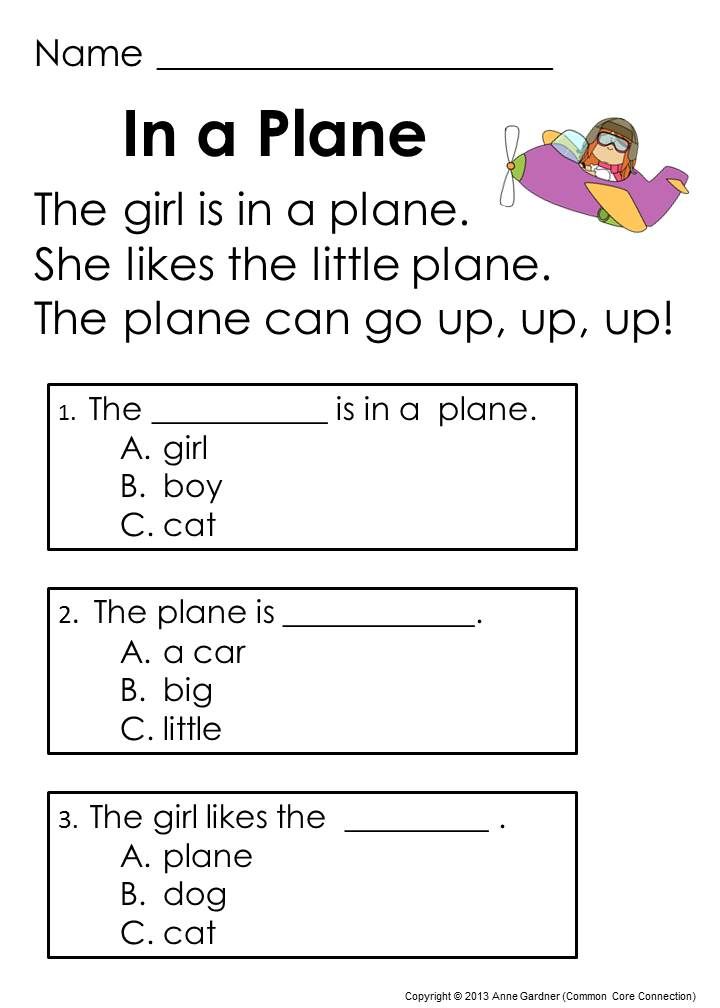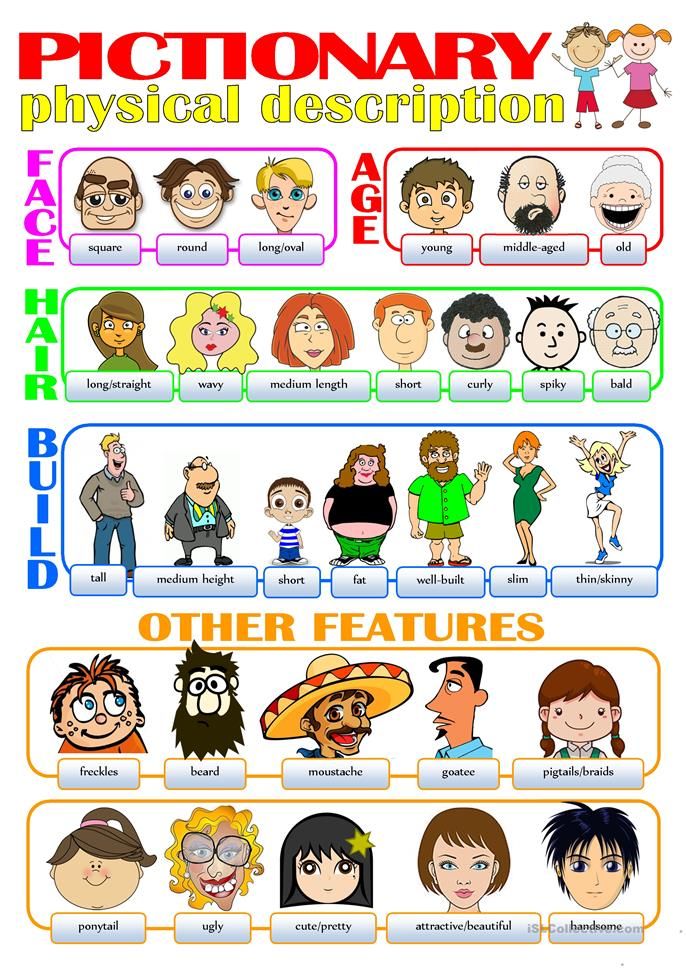Word sounds for kindergarten
Beginning Sounds Activities for Kindergarten
Curriculum | Featured | Letters & Letter Sounds | Reading
When learning to read, there are many phonemic awareness and phonics skills students must master. Learning letter names, letter sounds, and beginning sounds is key in helping students quickly decode and read texts. To give your students the exposure and practice they need, check out these beginning sounds activities for kindergarten.
Why is it Important to Teach Beginning Sounds?
When teaching students to read, it’s important for them to understand that words are made up of letters and sounds. This knowledge helps them read and write more fluently.
Phonemic awareness and phonics skills are key in kindergarten. Phonemic awareness skills are when students understand that words are made up of various sounds. Phonics skills are what correlates the sound of a letter to the written letter itself.
Begin with teaching phonemic awareness skills so students learn to listen for and differentiate the sounds in words.
It can be tricky for students to hear the middle and ending sounds in words at first, which is why starting with beginning sounds is so effective.
Digital Beginning Sounds Activities
Since it’s important for students to first understand what beginning sounds are and learn to listen for them in words, you need a variety of beginning sounds activities for kindergarten for them to practice with.
A great way to engage your students is with interactive digital phonemic awareness activities like beginning sounds Boom Cards. These Boom Card decks give students a variety of opportunities to practice listening for the same beginning sounds in words.
Plus with audio directions, audio picture names, and the self-checking feature, your students will be able to work independently with success.
Hands-on Beginning Sounds Activities
Mastering beginning sounds takes a lot of practice and exposure. Therefore, you need a wide array of hands-on beginning sounds activities for kindergarten that your students can work with.
You can incorporate these hands-on activities into your morning tubs, literacy centers, or fast finisher activities. This is a great way to keep your students practicing their skills throughout the day.
Letter Sound Mats
One of my favorite ways to practice beginning sounds is with letter sound mats and magnetic letters. Students will say the picture name aloud, identify the beginning sound, and match the correct magnetic letter to the picture.
If you have a set of picture cards and magnetic letters, you can simply have students flip a card, identify the beginning sound, and match the letter.
Build the Sound Mats
Another great beginning sounds activity for kindergarten is build the sound mats. This activity allows students to identify the beginning sound in the picture and build the letter using manipulatives.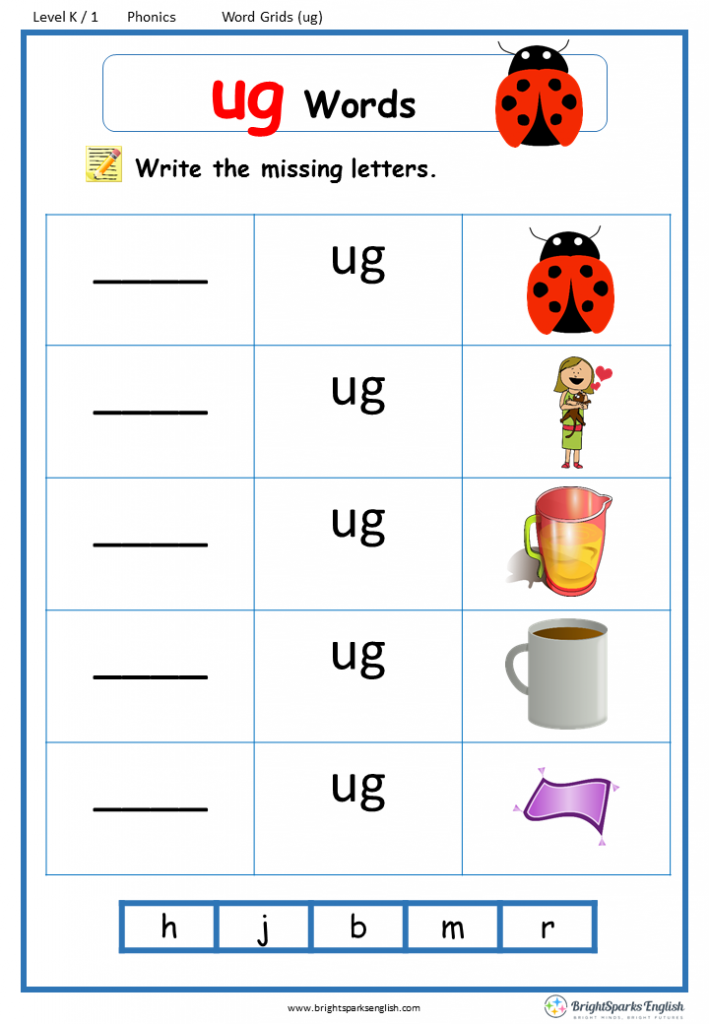
Students will get extra fine motor practice as they work on both phonemic awareness and phonics skills.
Beginning Sound Mazes
Another fun way to switch up the learning is to use beginning sound mazes with your students. As they cover the letters that make the focus sound on the mat, they’ll work their way through the maze.
This makes learning feel like a game for students, which is a sure way to keep them on task, engaged, and motivated.
If you loved these hands-on beginning sounds activities for kindergarten, you can grab them all plus more in my Beginning Sounds and Letter Sounds Bundle!
No Prep Beginning Sounds Activities
While using digital and hands-on beginning sounds activities is key, it’s also nice to keep a good stash of no prep activities on hand.
Add these no prep beginning sounds activities to your morning work, independent literacy stations, or keep them in a sub tub. They also make great time filler activities if you have a few minutes between activities.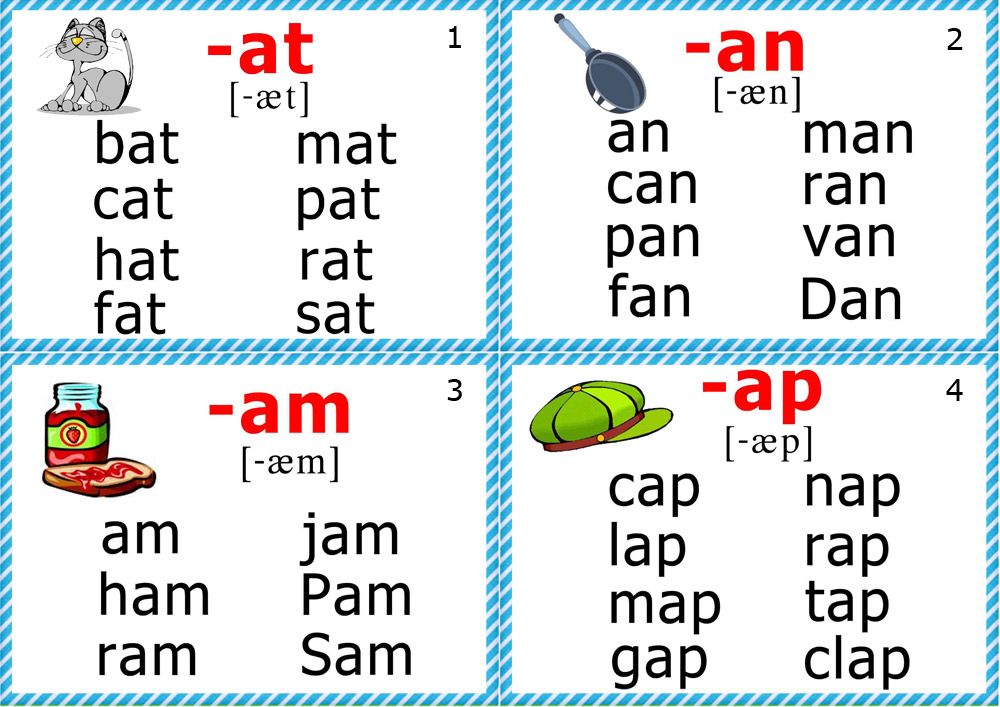
If you need a quick way to assess your students on beginning sounds, you can use these no prep activities as an informal assessment as well.
How to Assess Your Students on Beginning Sounds
As your students learn and grow their beginning sounds skills, you want to assess them frequently. This allows you to see which beginning sounds they are mastering and which sounds they need help with.
Using beginning sounds picture cards and a checklist is a great way to gauge your students’ understanding. You can monitor students quarterly, monthly, or every 2 weeks if they need more support.
Beginning Sounds Assessment Freebie
To make assessing your students on beginning sounds and letter sounds easy, I created an assessment freebie for you.
This freebie includes a beginning sounds assessment checklist and beginning sounds pictures. There is also a letter sounds assessment page and checklist to help you assess your students’ uppercase and lowercase letter sound recognition.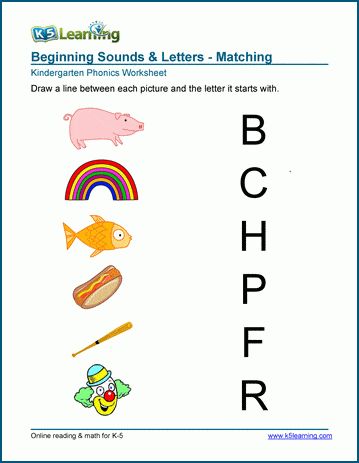
You can fill out the form below to get the beginning sounds and letter sounds assessment freebie sent directly to your inbox!
I hope these beginning sounds activities and assessments for kindergarten make learning more fun and effective in your classroom!
Post Tags: #beginning sounds#Freebies#letter sounds#literacy#literacy centers#reading
Similar Posts
Beginning Sounds Activities and Worksheets
Hearing and identifying the individual sounds in words is a very important skill for young learners. When students understand that words are made up of sounds, they are able to transfer this knowledge to their reading and writing. However, we can’t jump right into phonics skills, which require students to correlate sounds with written letters. Instead, students must first be able to understand that words are made up of sounds, also known as phonemic awareness. These Beginning Sounds Activities will help your students practice identifying initial sounds in a fun and engaging way!
Teaching Beginning Sounds First
Students should have a strong foundation of letter and sound identification prior to working on identifying sounds in words.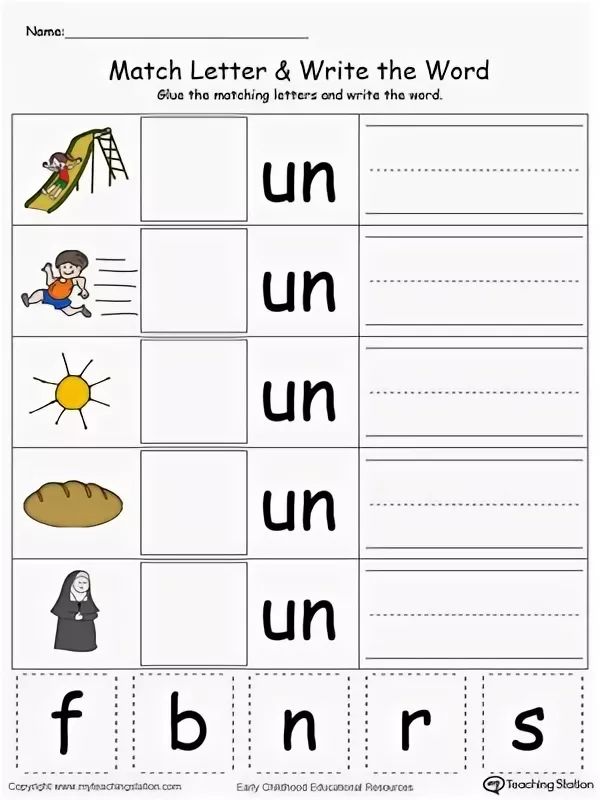 When they are ready for this step, it’s best to start at the beginning! Initial sounds are the best place to start when it comes to identifying sounds. Some children have a hard time hearing sounds at the end of words, and middle sounds are often more difficult to differentiate!
When they are ready for this step, it’s best to start at the beginning! Initial sounds are the best place to start when it comes to identifying sounds. Some children have a hard time hearing sounds at the end of words, and middle sounds are often more difficult to differentiate!
6 Hands-On Beginning Sounds Activities
These beginning sounds activities and worksheets will help students learn how to find the beginning sounds in words and build those phonemic awareness skills!
1. Beginning Sound Picture Sorts
When getting started with beginning sounds activities, it is important to scaffold instruction and build upon these skills. To start, students should listen for the beginning sounds in a variety of words. One of my favorite activities for practicing this listening skill is to do beginning sounds picture sorts.
For this activity, the students pick a card, name the picture, and figure out which picture has the same beginning sound. This activity comes with three pictures for each letter of the alphabet. I suggest starting with four of five letters at a time and working up to more. Using too many letters at first can be overwhelming for students. Doing it this way allows them to really focus on those beginning sounds before moving on.
I suggest starting with four of five letters at a time and working up to more. Using too many letters at first can be overwhelming for students. Doing it this way allows them to really focus on those beginning sounds before moving on.
This is a really great independent activity, but I would also encourage you to have your students say the sounds aloud. This helps them make those letter-sound connections.
2. Hands-On Phonics Centers for Beginning Sounds
Once students have been able to practice listening for beginning sounds, it’s time to start bringing in more beginning sounds activities.
Students can continue to build phonemic awareness as they complete a variety of hands-on learning tasks independently, with a partner, or in small groups. Highly-engaging literacy centers are perfect for giving students additional practice with identifying initial sounds in words.
A fun activity for building these skills is to use beginning sounds clip-it cards. The students will clip the picture that has the same beginning sound as the larger picture.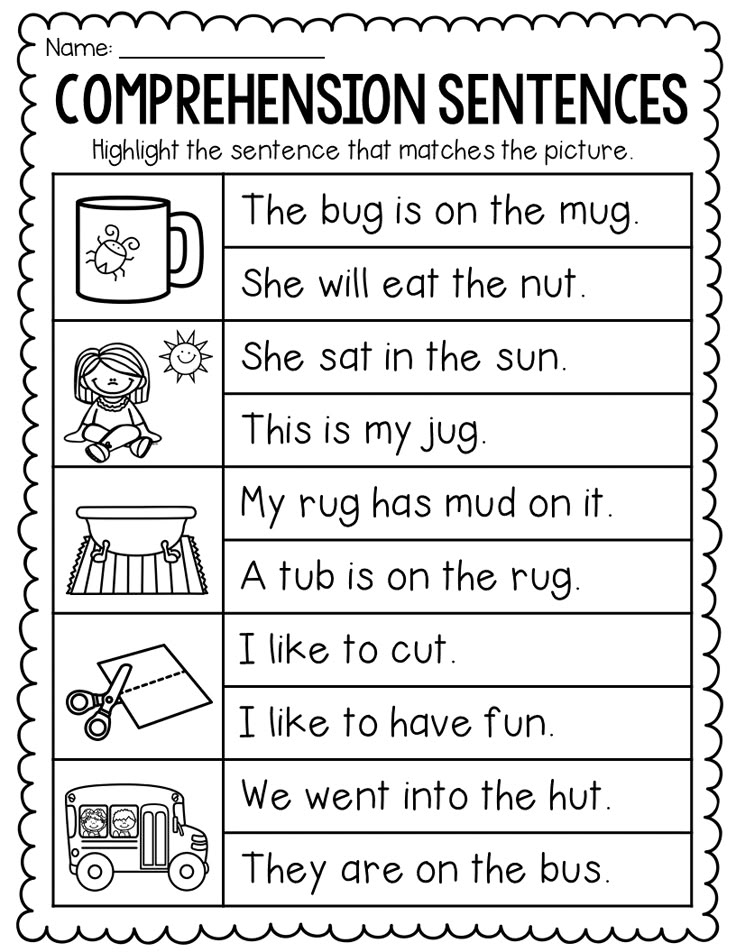 The clothespins are great for some additional fine motor practice!
The clothespins are great for some additional fine motor practice!
3. Beginning Sounds Games
Incorporating games into your beginning sounds activities is a fun way to grab your students’ attention and keep them engaged in learning. This First Sound Fluency activity is sure to be a favorite in your classroom!
Students simply roll the die and say the first sound for each picture as fast as they can. Young learners love this fun game! To differentiate this activity for your students who are still working on fluency, they can roll the die and then listen as you can say the name of each picture in that row. They can then tell you the first sound they hear in each word, all while still having fun!
4. Beginning Sounds Coloring Activity
Coloring activities are always a great option for kindergartners. Coloring allows students to use their creativity while practicing fine motor skills and following the directions of the learning activity. This beginning sounds coloring activity is a black and white printable, which allows your students to color the pictures with the same beginning sound.
In this activity, students will color the picture that has the same beginning sound as the picture in the first column. This allows students to use phonemic awareness skills as well as problem-solving to determine which picture does not start with the same sound.
5. Match Letters to Beginning Sounds
Once students have become more confident in identifying beginning sounds, it is time to move on and incorporate phonics skills. A great place to start is by matching pictures to letters.
Since your students are already familiar with clip-it cards, it’s a seamless transition to have them practice matching pictures to the correct beginning sound letter. These clip-it cards come with both upper and lowercase letters, depending on which option you’d like students to use.
6. Cut and Paste Beginning Sounds
Having a variety of activities for students to complete is key to keeping students engaged in beginning sounds practice! These cut and paste activities are great phonics and fine motor practice. Plus, the students love them! Anytime they feel like they are creating art while learning is a win-win!
Plus, the students love them! Anytime they feel like they are creating art while learning is a win-win!
This “What’s in my Backpack?” activity is fun because the students get to cut out the letters and decide which backpack they belong to! The students will glue down the pictures to match each letter and color the picture.
Beginning Sounds Activities…and Beyond!
I hope these beginning sounds activities and ideas have given you some ideas for teaching these important phonemic awareness and phonics skills to your students.
To save you some time, I have created a set of activities that helps students practice not only beginning sounds but middle and ending sounds as well! Since many of these hands-on activities are similar for the different sound positions, they are easy for students to navigate independently during literacy centers or morning work time.
These activities build on each other to ensure that your students are building a strong foundation for reading skills to come.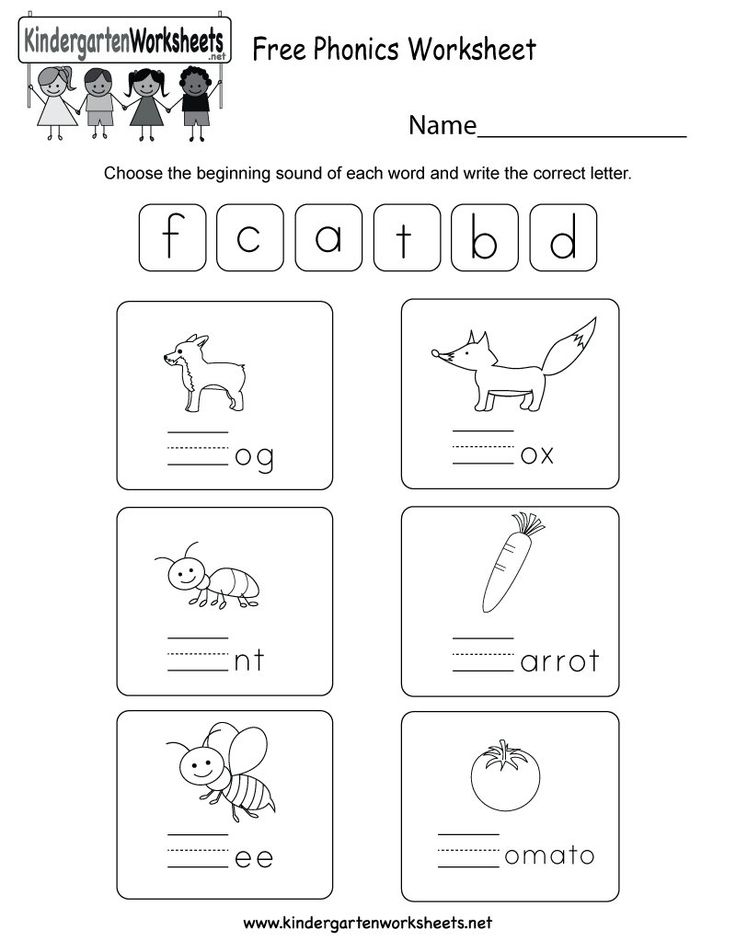 If you’d like to take a closer look at everything included in this resource, you can click the link below to find it in my shop!
If you’d like to take a closer look at everything included in this resource, you can click the link below to find it in my shop!
Save These Beginning Sounds Activities
If you would like to refer to these beginning sounds activities later, be sure to save this post! Just add the pin below to your favorite teaching board on Pinterest. You’ll be able to quickly find these activity ideas and printable resources whenever you need them!
Sound analysis of the word - Kindergarten "Annushka", Naryan-Mar
Consultation for parents on preparing children for literacy
Sound analysis of the word.
Hello dear parents of ! I propose to talk about preparing children for literacy training , namely, about conducting sound analysis of words .
Written speech is formed on the basis of oral speech. And the first steps to learning to read and write should not be familiar with letters, but learning the sound system of the language .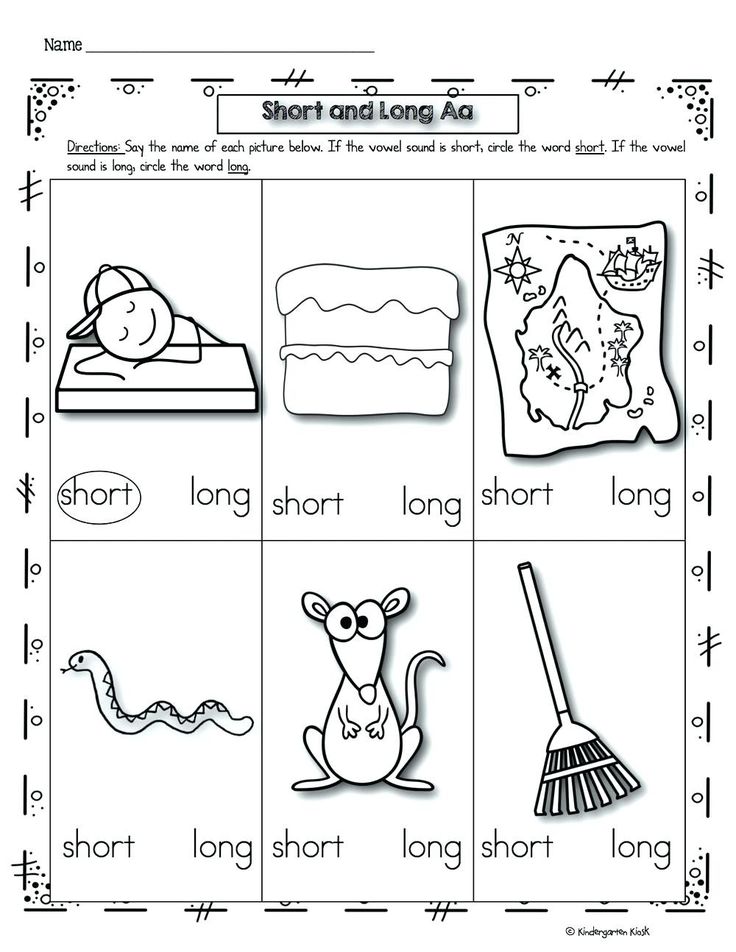
. Indeed, if a child does not pronounce the sound correctly , it is hardly worth counting on the fact that he will write it correctly in a notebook in the near future.
Pay attention to more than just correct articulation sounds, but and on the child's ability to isolate, that is, to hear sounds in the word .
This skill is developed during the systematic work of both teachers in kindergarten and parents at home in such games as: Catch sound ", "Find the position of sounds in the word " , "Find a place for the picture" etc.
Dear parents, please remember:
1. Sound is what we hear and pronounce.
2. We write and read letters.
3. Sounds are vowels and consonants.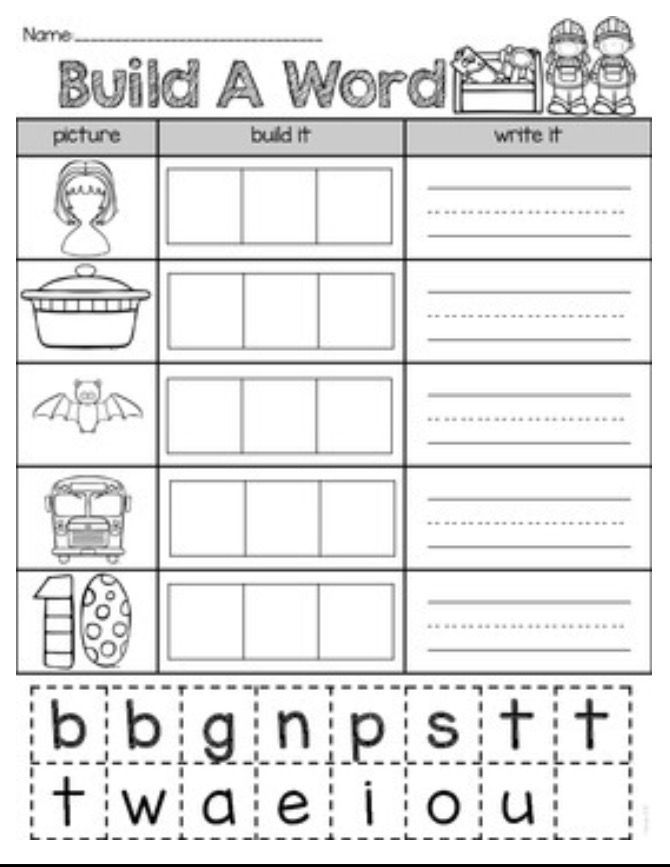
Vowel sounds can be sung with the voice, while the air coming out of the mouth is not obstructed. Consonant sounds - sounds that cannot be sung, because. the air coming out of the mouth during their pronunciation meets a barrier.
Six vowels: A, U, O, I, E, S
Ten vowels: A, U, O, I, E, S - correspond to sounds and four iotated, which denote two sounds: Ya-ya, Yu-yu, Ye-ye, Yo-yo.
Vowel sounds are marked in red in the diagram.
Consonants are soft and hard.
Always hard consonants: Zh, Sh, Ts.
Always soft consonants: Y, Ch, Shch.
Teaching children the sound analysis of words begins with determining the sequence of sounds in the word : you need to highlight this sequence by repeatedly pronouncing words with intonational emphasis on each sound . So, when analyzing the word "BEETLE" , the child must pronounce it three times: "ZhZhuk" , "zhuuk" , "beetle" .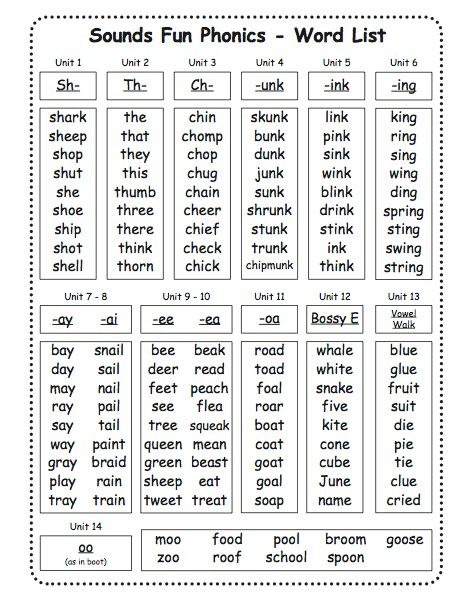
In order for a child to be able to analyze some phenomenon , it must be understandable, materially represented.
Let's draw a diagram of the sound composition of the word : in the word "house" three sounds - draw three cells. And let's give the child this card: a house is drawn on it, so that it is clear which word we will parse , and under the house - a diagram of this word : the child already knows that words consist of sounds .
We show him that the cells under the picture tell how many sounds are in the word . "How many cells?" - "Three". - "And how many sounds are in the word ?" - "Also three." - "Let's be these sounds look for . Say the word house so so that I hear the first sound in it. Our child already knows how - he learned at the first stage of learning .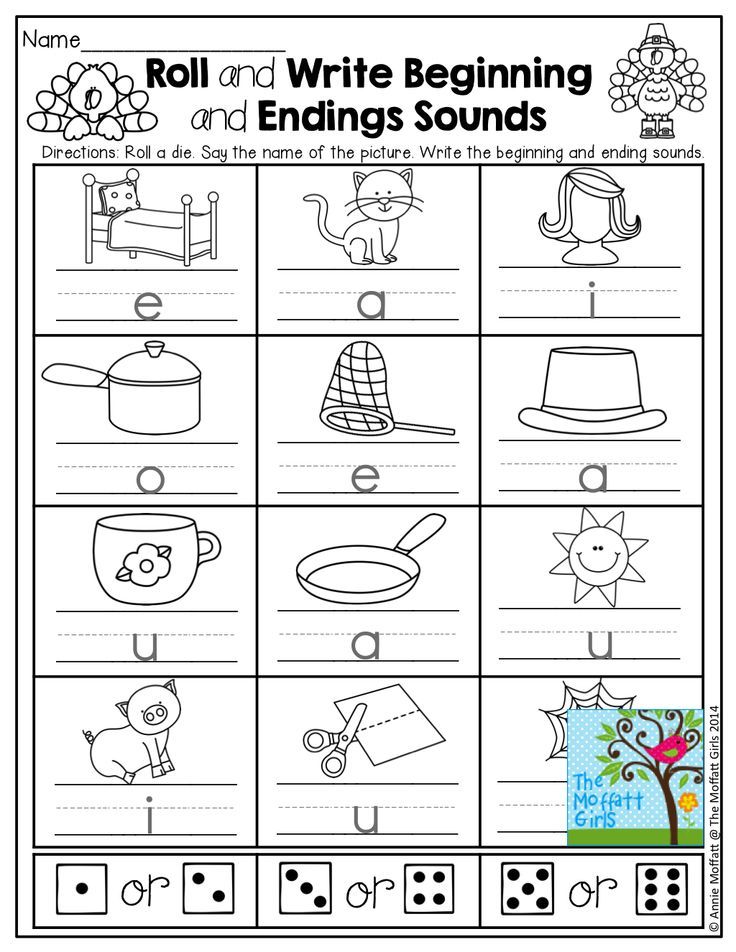 ?" - "D". - "Very good! Let's close the first cell with a chip, what will it be sound ?" - "D".
?" - "D". - "Very good! Let's close the first cell with a chip, what will it be sound ?" - "D".
Any material can be used as chips: cut squares from white cardboard or take an old mosaic and choose white or yellow elements from it. Do not take red , blue, green - they will still be needed.0005
So, in front of the child is a diagram of the sound composition of the word "house" in which the first cell is already closed. You can move on.
"Now let's pronounce the word "house" so that we hear the second sound in it, the first d - we already know." Help the child for the first time, say together with him "d-o-oh" .
Here, the scheme of the sound composition of the word 9 will help us a lot0004: you need to pronounce the word and at the same time move your finger along the scheme and stop it for a long time on the second cell. We hold our finger on the second cell of the diagram, and together with the child you pull “to-oh-oh” for a long time.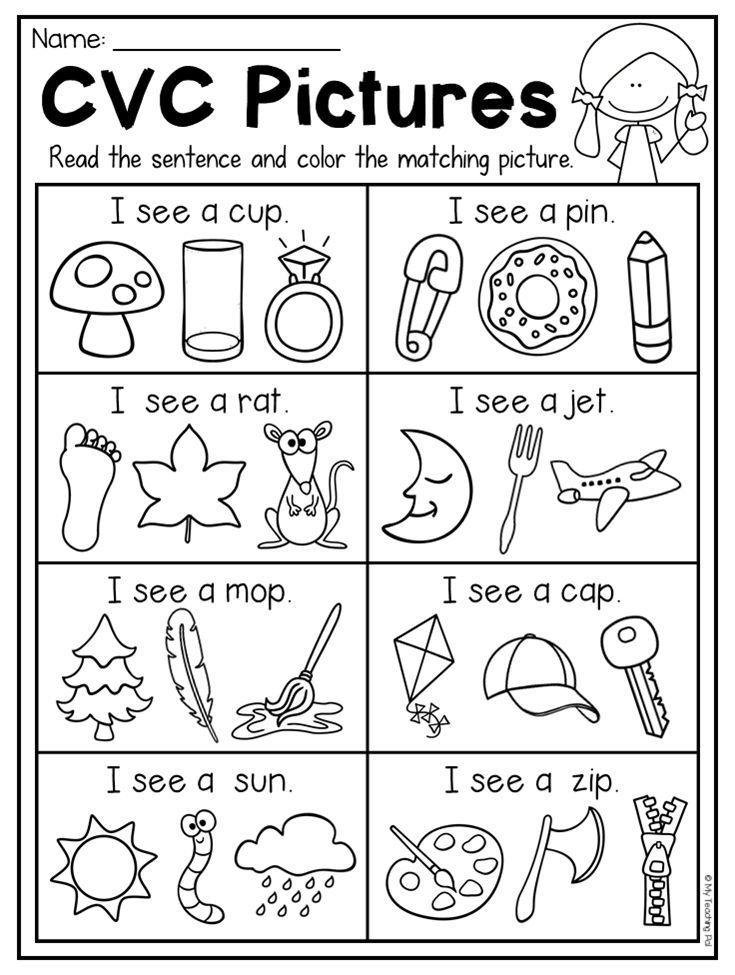 "What is the second sound in this word ?" - "ABOUT!" - "Great! Let's designate this sound with a chip!" The child takes exactly the same chip as the first one and puts it on the second cell.
"What is the second sound in this word ?" - "ABOUT!" - "Great! Let's designate this sound with a chip!" The child takes exactly the same chip as the first one and puts it on the second cell.
"You see," you continue, "we already know two sounds in the word "house" . Let's find the last sound in this word . Say the word "house" so that you hear the last sound ". in the word house-m-m ?" - "M-m", - the child answers and puts the last, third chip on the diagram.0004 .
It would be nice to repeat it again. But how? Remove chips and start over? It's not fun for a kid! No, it's better to play the game "Who is attentive." "And now, - you say, - I will call sound , and you will remove its designation from the diagram. Let's see how attentive you are. Please remove the designation of the sound" d "(blue chip)
For of this type analysis the child is offered words of three sounds : poppy, house, cheese, cat, whale, ball, beetle, onion, forest, cancer.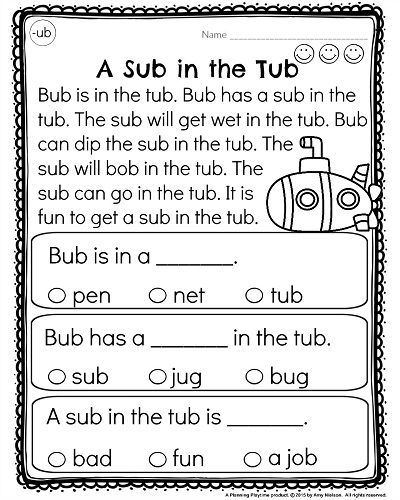
When studying with a child, you need to remember all the time: we teach him the sound analysis of words , we teach him to listen to the word , to hear sounds , its components. Therefore, the child must call sounds like , as they are heard in word .
This type of work with sounds is especially important for children with speech disorders. If you see that from the child cannot cope with the sound analysis of the word , then return to games for the development of phonemic hearing.
While analyzing 3 sound words , remind the child about the presence of vowels and consonants in the language sounds . First, ask him to find the vowel in word and replace the neutral chip with a red one.
Then remember that consonants sounds are soft and hard: hard sounds are denoted by blue chips, and soft ones by green ones.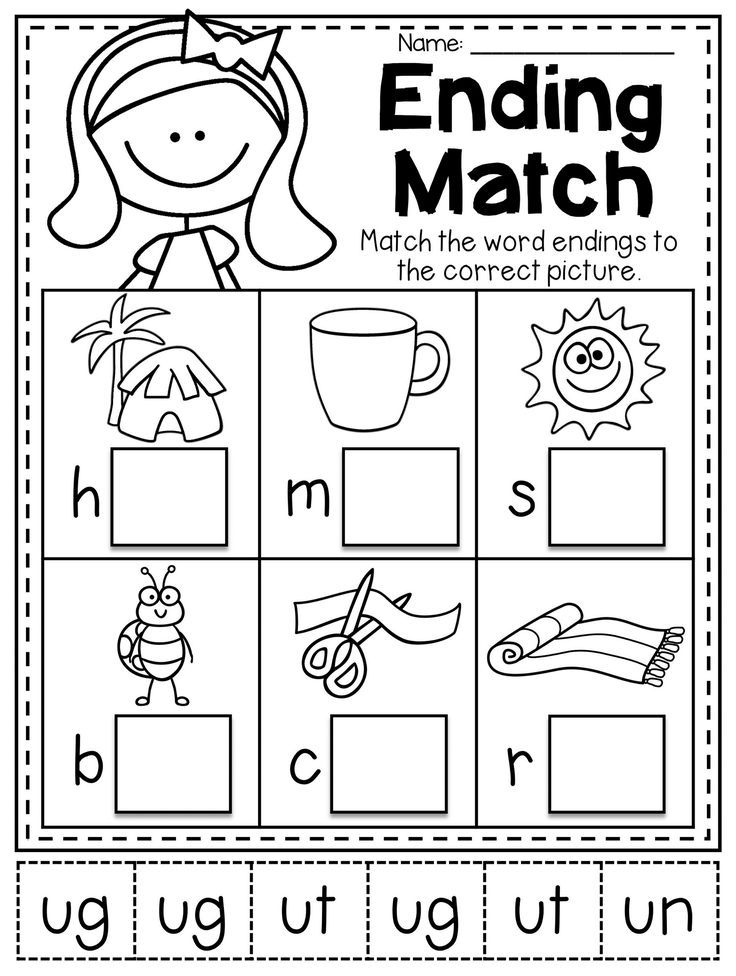 Thus, now, when drawing up schemes for words , the child will use chips of three colors.
Thus, now, when drawing up schemes for words , the child will use chips of three colors.
All characteristics of sounds are given ORAL (no need to write down) . If the child wants, design the model of the word in the form of an application, so that later you can show it to someone else (ask grandma or grandpa to “guess” what is this “mysterious squares” ).
Games with sounds - Site of kindergarten №422 "Lorik"
Games with sounds help develop phonetic hearing and phonemic perception.
Phonetic hearing is a fine systematized hearing, the ability to distinguish and recognize the sounds that make up a word. Without a developed phonetic hearing, the correct pronunciation of sounds is impossible.
In case of phonetic underdevelopment, the child mixes voiced and unvoiced, hard and soft consonants, does not distinguish between whistling and hissing, "R" and "L", "C" and "Ch" and others.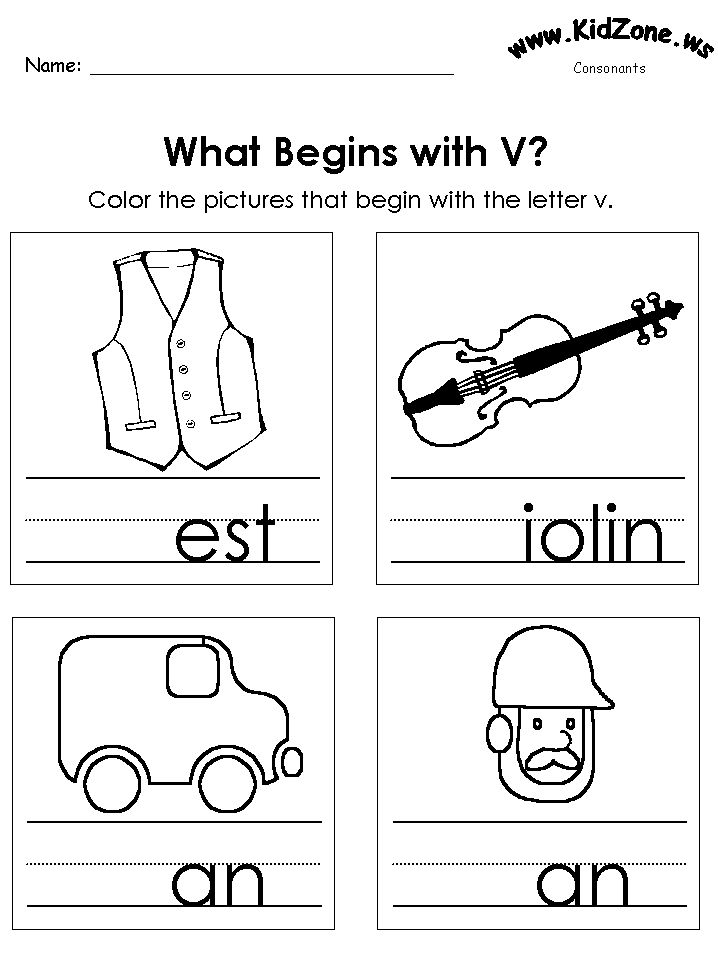
Phonemic perception is the ability to distinguish phonemes and determine the sound composition of a word. How many syllables are in poppy? How many sounds does it have? What consonant is at the end of a word? What is the vowel in the middle of a word? It is phonemic perception that helps answer these questions.
The correct development of phonetic hearing and phonemic perception underlies the unmistakable assimilation of writing and reading in the process of schooling.
We bring to your attention some games that contribute to the development of phonemic processes.
“Select the word”
Invite the children to clap their hands (stomp their feet, hit their knees, raise their hands…) when they hear the words, with a given sound.
“What sound do all words have?”
An adult says three or four words, each of which has the same sound: fur coat, cat, mouse - and asks the child what sound is in all these words.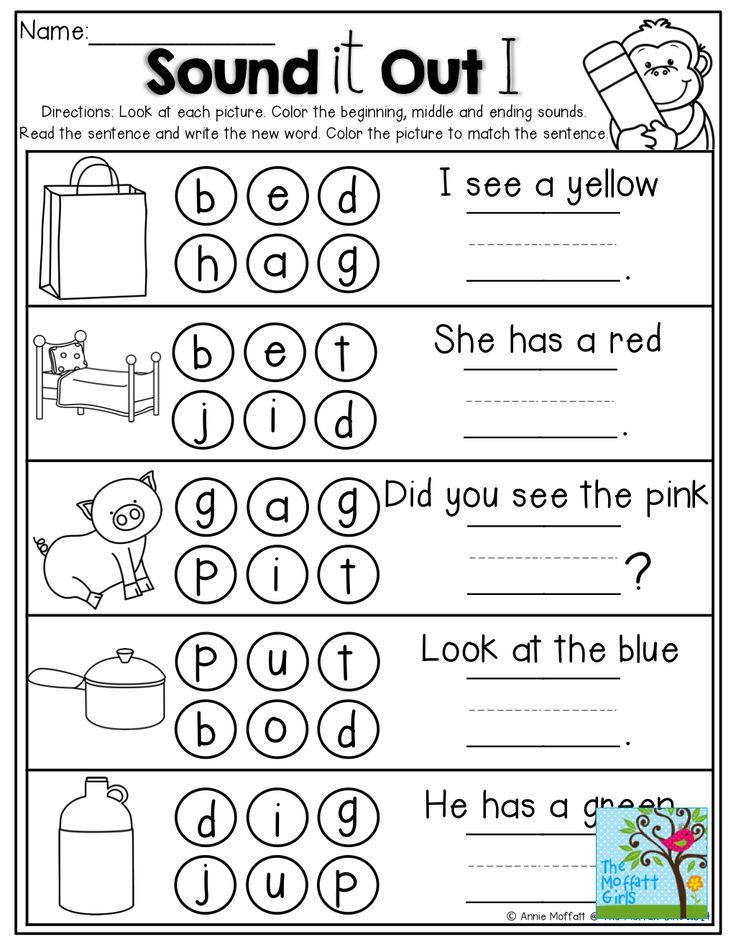
"Who is more?"
Looking at the pictures in the book together with your child, invite him to find among them those in the names of which there is a sound “P”. for each named word an encouraging point is given.
“Come up with more”
The leader, naming some sound, asks the players to come up with 3 words in which the given sound occurs.
"Chains of words"
This game is an analogue of the well-known "cities". It consists in the fact that the next player calls his word to the last sound of the word given by the previous player. A chain of words is formed: aist - Plate - Watermelon.
“The Fourth Extra”
For the game you will need four pictures with images of objects, three of which contain the specified sound in the name, and one does not. The adult lays them out in front of the child and offers to determine which picture is superfluous and why. The set can be varied, for example: a cup, glasses, a cloud, a bridge; bear, bowl, dog, chalk; road, board, oak, shoes.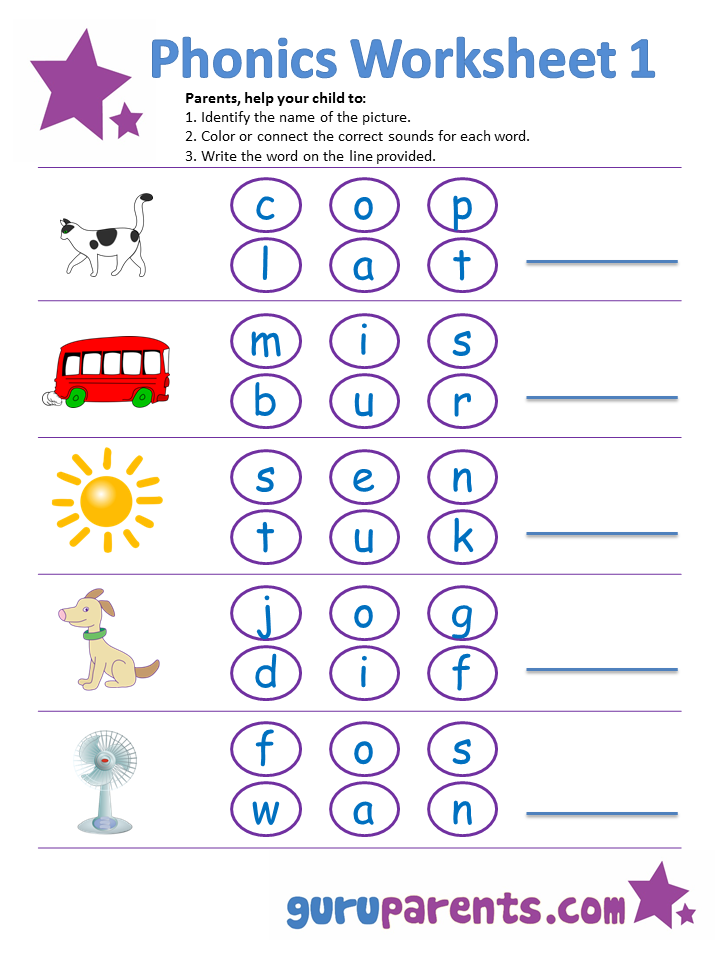 If the child does not understand the task, then ask him leading questions, ask him to carefully listen to the sounds in the words. An adult can highlight the identified sound with his voice. As a variant of the game, you can select words with different syllabic structures (3 three-syllable words, and one two-syllable), different stressed syllables. The task helps to develop not only phonemic perception, but also attention, logical thinking.
If the child does not understand the task, then ask him leading questions, ask him to carefully listen to the sounds in the words. An adult can highlight the identified sound with his voice. As a variant of the game, you can select words with different syllabic structures (3 three-syllable words, and one two-syllable), different stressed syllables. The task helps to develop not only phonemic perception, but also attention, logical thinking.
“Young Poets”
An adult gives the child a set of pictures and asks them to arrange them in pairs with similar word endings (mice - donuts, daughters - dots, barrel - kidney, etc.). Before the game begins, you can look at the pictures, drawing the child's attention to the endings of the words denoting the depicted objects. Then, with these pairs of pictures, you can make sentences - couplets, for example:
They lived in a mink - there were mice,
And donuts lay on the table.
"Echo"
The game serves to exercise phonemic awareness and the accuracy of auditory perception.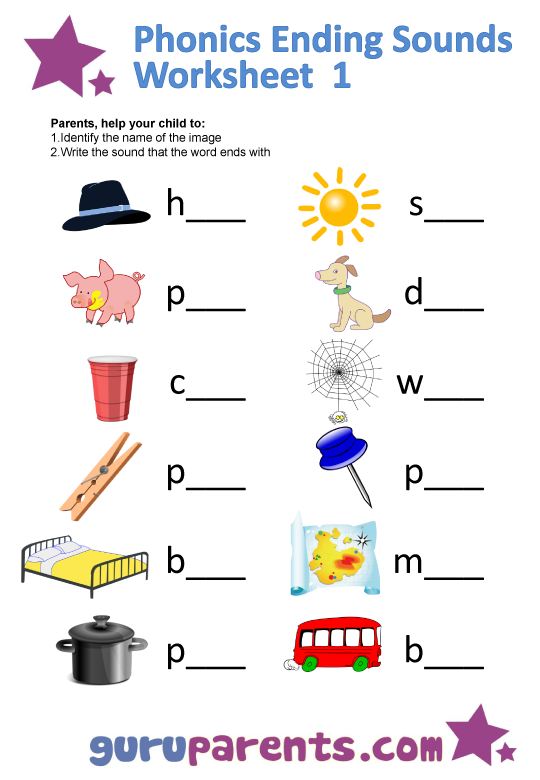 You can play alone or in a large group. Before the game, an adult addresses the children: “Have you ever heard an echo? When you travel in the mountains or through the forest, pass through an archway, or are in a large empty hall, you may encounter an echo. That is, you, of course, will not be able to see it, but you can hear it. If you say: “Echo, hello!”, then it will answer you: “Echo, hello!”, Because it always repeats exactly what you tell it. Now let's play echo." Then they appoint a driver - "Echo", who must repeat what he is told. It is better to start with simple words, then move on to difficult and long ones (for example, “ay”, “rather”, “windbreak”).
You can play alone or in a large group. Before the game, an adult addresses the children: “Have you ever heard an echo? When you travel in the mountains or through the forest, pass through an archway, or are in a large empty hall, you may encounter an echo. That is, you, of course, will not be able to see it, but you can hear it. If you say: “Echo, hello!”, then it will answer you: “Echo, hello!”, Because it always repeats exactly what you tell it. Now let's play echo." Then they appoint a driver - "Echo", who must repeat what he is told. It is better to start with simple words, then move on to difficult and long ones (for example, “ay”, “rather”, “windbreak”).
Catch a Fish
This game requires a magnetic rod. This is an ordinary stick, tied to it on a string with a magnet. Clips are put on pictures from any children's loto. The child catches with a fishing rod only those pictures in the name of which there is a certain sound, selected in advance.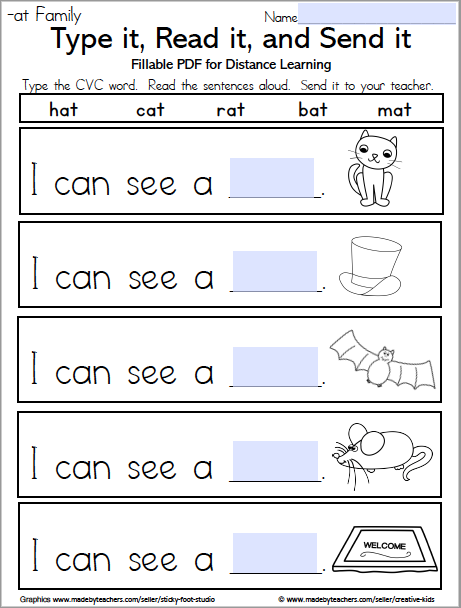 Or a child catches a picture and calls the sound with which its name begins.
Or a child catches a picture and calls the sound with which its name begins.
"Jokes - minutes"
You read lines from poetry to children, intentionally replacing letters in words. Children find a mistake in a poem and correct it. Examples :
Patterned tail,
boots w t orami.
Tili-bom! Tili-bom!
Catkin t ohm caught fire.
Outside the window is a winter garden,
There the leaves in and glasses are sleeping.
"Beginning, middle, end"
Teach children to identify the place of sound in a word - at the beginning, in the middle, at the end. Offer to find in the picture, among the pictures of the loto, words that start with A and end with A. Or just offer to determine the place of the sound in the word.
“Think, take your time”
Give the children a few quick-witted tasks:
– Choose a word that begins with the last sound of the word “table”.
Learn more

